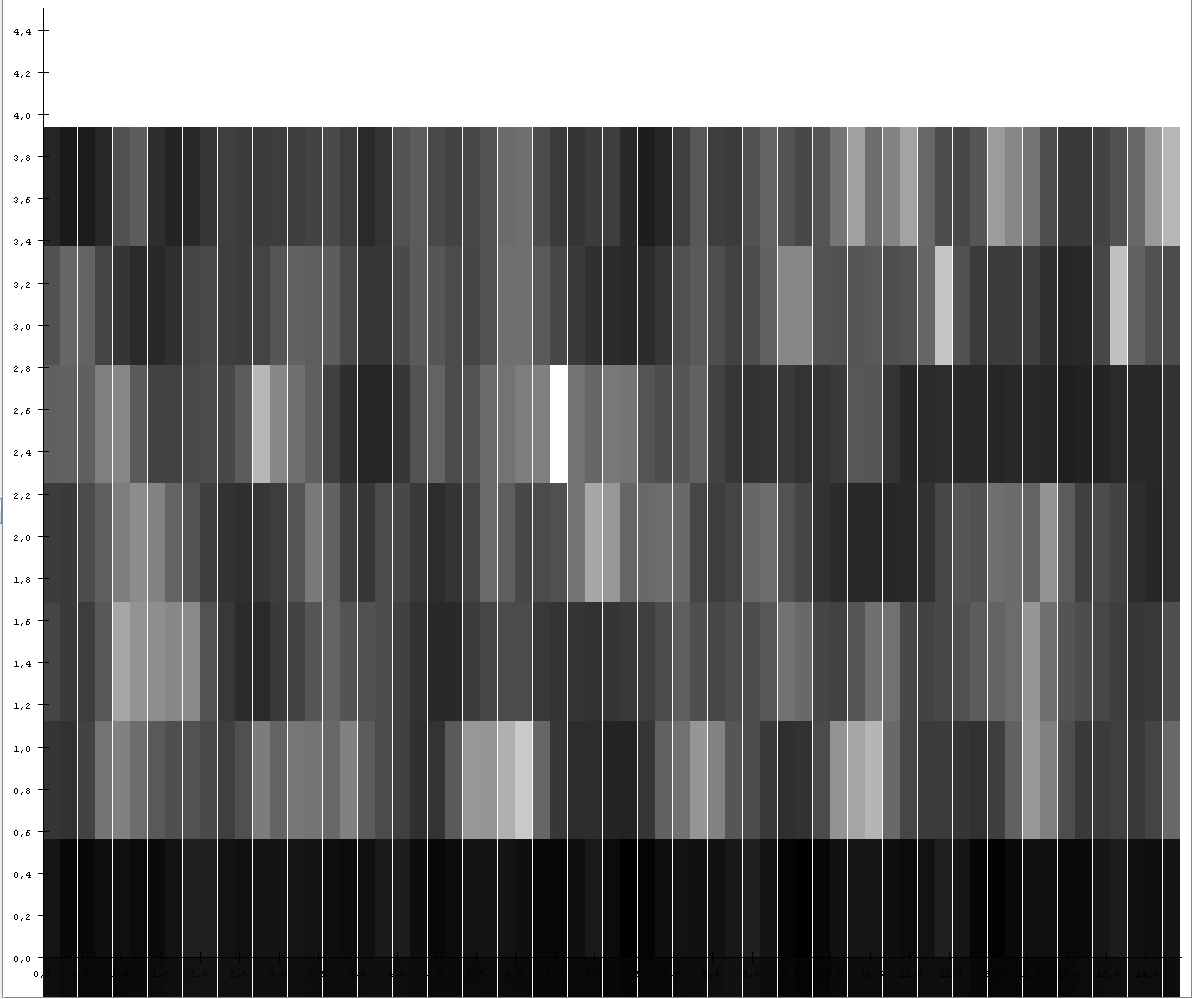Signal Processing
Signal Processing (Ecological Engine) is a set of functionalities available in gCube for performing data mining operations on biological data. It is available as a library and as a Service (Statistical Manager) in the infrastructure and is able to train models which can be combined with geographical information in order to produce projections on several environmental scenarios or time periods. This system allows for managing complex phenomena, in order, for example, to predict the impact of climate changes on biodiversity, prevent the spread of invasive species, identify geographical and ecological aspects of disease transmission, help in conservation planning, guide field surveys, among many other uses.
Overview
Features
In the comparison between two maps belonging to NetCDF files, the map could not be defined at certain points. In the case of a layer on a GeoServer, the nearest neighbour algorithm is used by the GS itself to produce values at the required points. In the case of Thredds, the nearest neighbour must be applied programmatically by the client. I implemented some classes in the Ecological Engine Library wich perform basic signal processing, which will be used also in maps comparison.
In particular the following signal operations can now be applied:
signal reconstruction multi-signal analysis by means of summed spectrogram spectrogram calculation and display delta + double delta features center frequency calc. cepstral coefficients calc. spectrum frequency band cut filterbanks mel filterbanks
These are accompanied by the following transformation utilities: linear fequency to mel frequency frequency to index in Short-Time Fourier Transform transformation to and from Rapid Miner Example Set sinusoid signal generation inverse mel calc. sample to time and time to sample signal timeline generation index to time in spectrogram time to index in spectrogram





